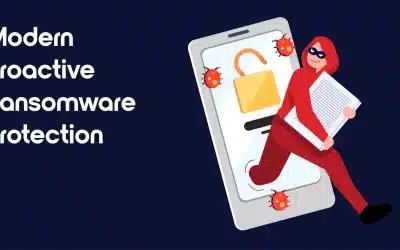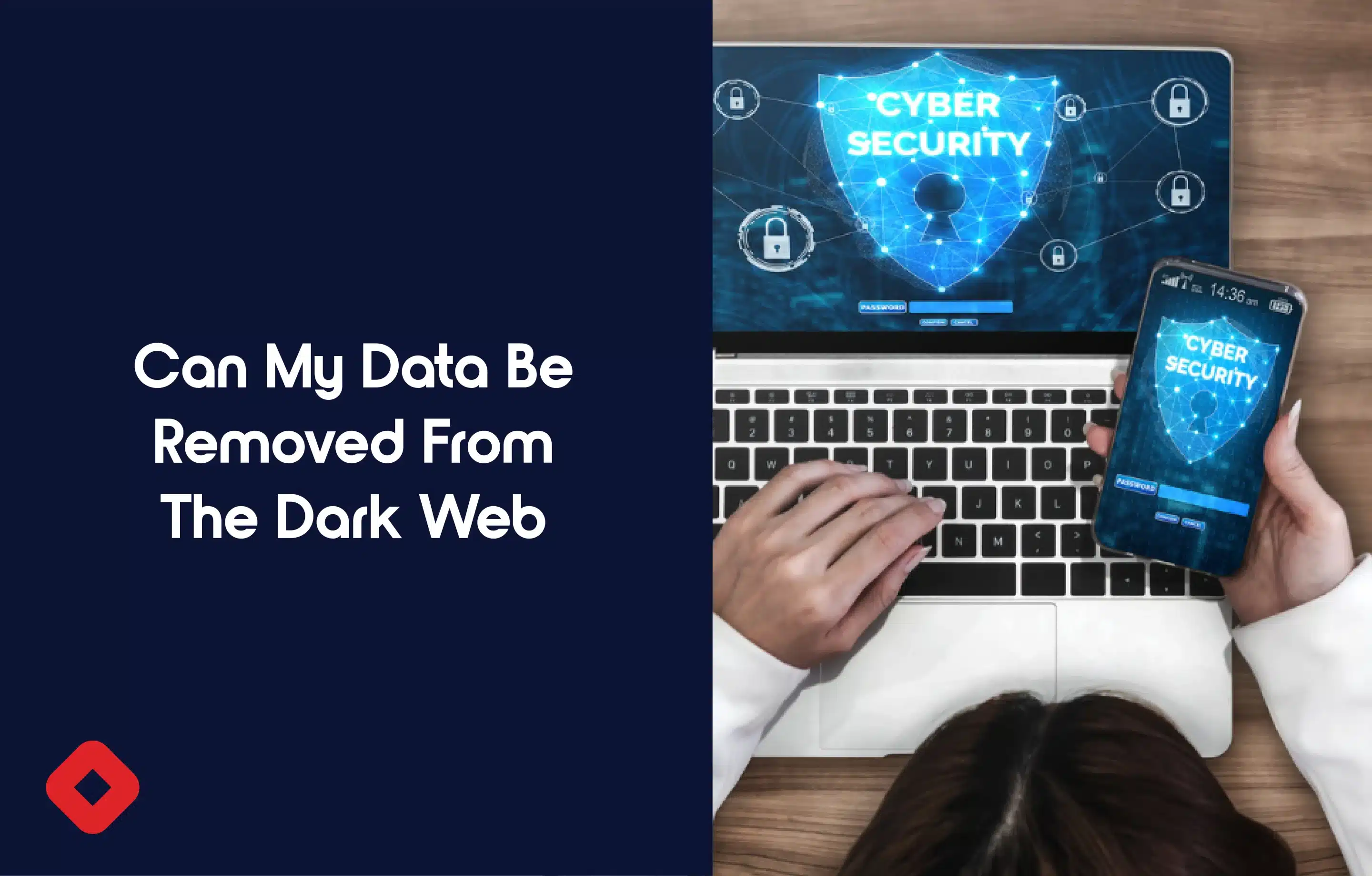CEOs who fail to follow cybersecurity best practices can cause serious harm to their organizations and customers. This is especially true for small and medium-sized businesses where leaders often juggle multiple roles. At Brickhost, we know that proactive leadership is critical in cybersecurity. Here’s a look at some of the most common mistakes CEOs make—and how to avoid them.
Mistake #1: No Incident Response Plan
According to a study by the Ponemon Institute and IBM, 77% of organizations lack a consistent cybersecurity incident response plan, and more than half of those with a plan don’t test it regularly.
“Failing to plan is a plan to fail,” said Ted Julian, VP at IBM Resilient. The time it takes to detect and respond to an incident directly impacts financial loss, operational disruption, and reputation.
Brickhost’s Solution:
If you don’t yet have a response plan, now’s the time to build one. A strong incident response plan should guide your organization from preparation through detection, containment, recovery, and follow-up. Just as important—it needs to be tested regularly so you’re not learning on the fly when a breach happens.
Mistake #2: Skipping Cybersecurity Awareness Training
Research from Stanford and Tessian found that 88% of data breaches stem from human error—mistakes like using weak passwords or connecting to unsecured Wi-Fi.
Brickhost’s Solution:
Cybersecurity awareness training is essential, not optional. Cover everything from phishing recognition to secure password management and device handling. Training should be ongoing and digestible. And yes, as CEO, you should attend too—your team will take the issue more seriously when leadership does.
Mistake #3: Ignoring Cybersecurity Best Practices
CEOs are prime targets for cybercriminals—especially via Business Email Compromise (BEC) schemes. These scams exploit the trust placed in executives by mimicking emails to trick staff into sending sensitive data or money.
Brickhost’s Solution:
Always follow best practices:
-
Be vigilant about email spoofing.
-
Verify unusual or sensitive requests by phone.
-
Use strong, unique passwords and enable multi-factor authentication.
Regular reviews and updates to your security protocols go a long way in protecting your organization.
Mistake #4: Failing to Investigate the Root Cause
It’s tempting to recover from a breach quickly and move on. But containment isn’t the same as remediation. Without identifying the cause, you leave the door open for repeat attacks.
Brickhost’s Solution:
Conduct a root cause analysis. Utilize security monitoring tools that provide detailed logs and traceability. Understanding how an incident occurred allows you to fix the vulnerability and build stronger defenses.
Mistake #5: Delaying Notification to Affected Parties
Failing to notify stakeholders and regulators on time can have massive financial and legal repercussions. For instance, EU regulations require breach disclosure within 72 hours, with steep penalties for non-compliance.
Brickhost’s Solution:
Ensure you have clear internal procedures for reporting breaches. Communicate transparently with customers, partners, and regulators to maintain trust and comply with the law. A rapid, honest response can mitigate reputational damage.
Protect Your Business with Brickhost
At Brickhost, we provide 24/7 managed IT services tailored to small and medium-sized businesses. With proactive monitoring, secure backups, and incident response support, we help CEOs like you stay ahead of cyber threats and confidently lead through today’s digital challenges.
Need Help Strengthening Your Cybersecurity?
Get in touch with Brickhost today for a free consultation!














